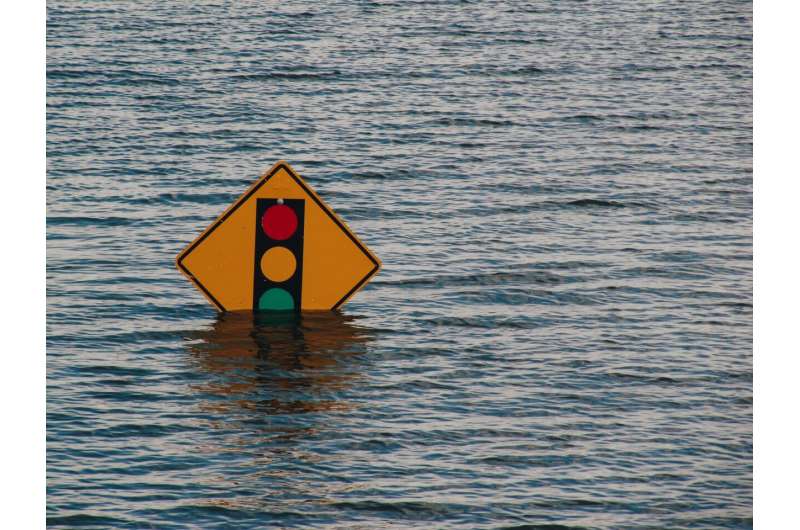Climate change-related rain to push up insurance costs

Weather-related hazards have already cost the EQC $450 million in (inflation adjusted) payouts since the year 2000.
New research by Jacob Pastor-Paz, Ilan Noy, Isabelle Sin, Abha Sood, David Fleming-Munoz, and Sally Owen has found that climate change, and the expected increase in intensity and frequency of extreme weather-related events, is likely to translate into higher damages and thus an additional financial liability for the EQC. "Our research shows that EQC should plan for future payouts for weather-related damage to be between 9% and 25% higher than current payouts," said Prof Ilan Noy, Chair in the Economics of Disasters at Victoria University of Wellington and one of the authors of the paper.
"We used past detailed insurance claims data together with climate projections in order to project future monetary losses from damages caused by extreme events under different climate change scenarios," said Prof Noy. "To get to that point we analyzed more than 8,000 claims lodged to the EQC between 2000 and 2017. "
The level of increase in insurance liabilities is dependent on the level of future greenhouse gases (GHG) that will be emitted, globally.
The model identifies a 'climate signal," based on the percent change between projected and past damages. It rises from an increase of between 7% and 8% in 2020-40 to an increase of between 9% and 25% in 2080-2100, depending on the projected GHG concentration scenario.
For a future low emissions scenario, the climate signal, and therefore the expected change in damages, actually decreases toward the end of the century, when GHG concentrations in the atmosphere are assumed to decrease. In contrast, a scenario that uses the highest-emissions forecast sees the climate signal more than doubling between 2020-2040 and 2080-2100.
"The increase we have projected in the public insurer's liabilities can also inform private insurers and regulators," said Prof Ilan Noy. "Whether this increase necessitates a change to the amount of premiums the EQC collects annually, or in the types of risks it insures, are questions for future research and policy decisions."
New Zealand's population, and its residential building stock value, has been steadily growing over the past few decades. This suggests that future liabilities may be higher than what the researchers predict.
More information: Jacob Pastor-Paz, et al .2020. "Projecting the effect of climate change-induced increases in extreme rainfall on residential property damages: A case study from New Zealand." Motu Working Paper 20-02. motu.nz/our-work/environment-a … dy-from-new-zealand/
Provided by Motu Economic and Public Policy Research Trust


















